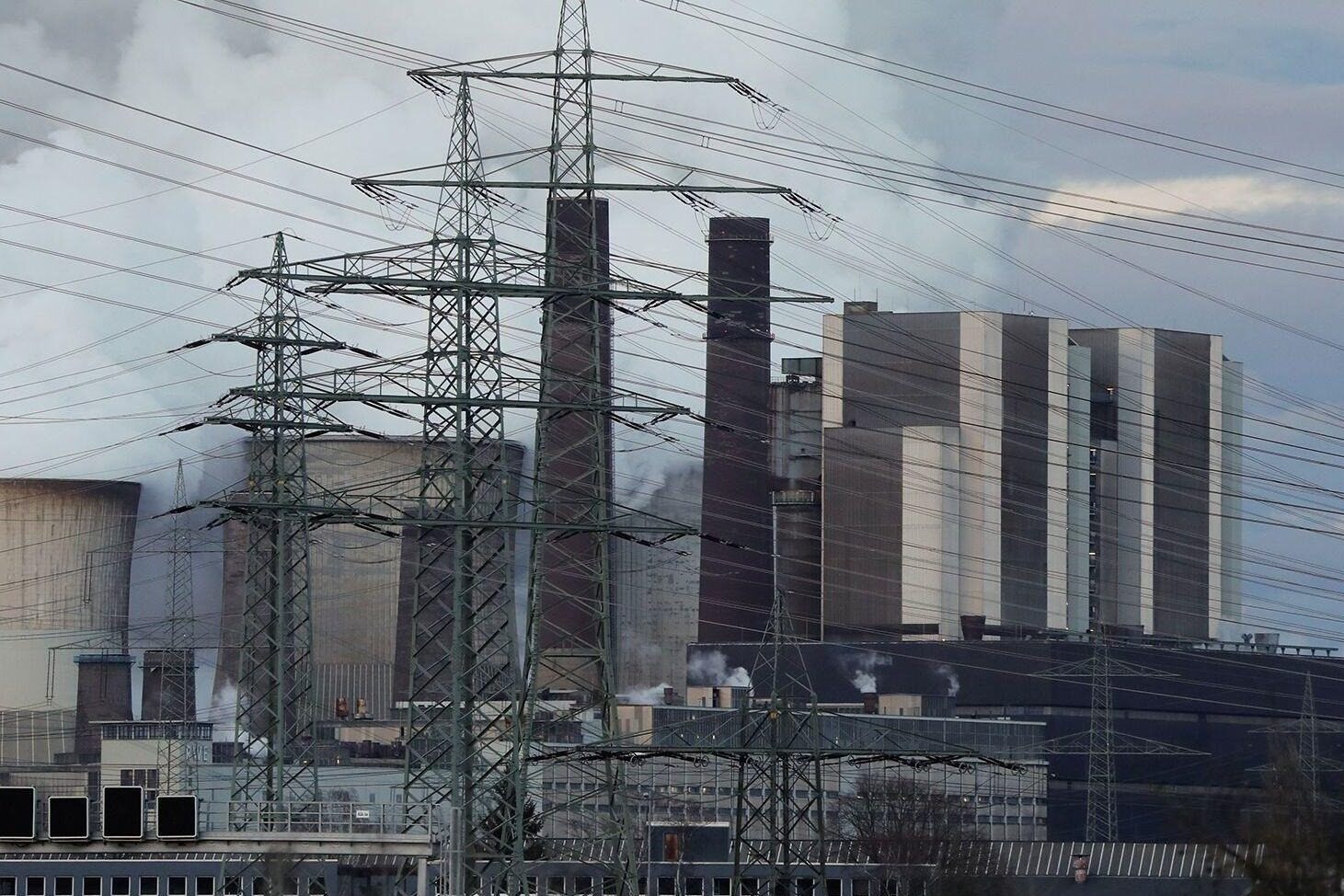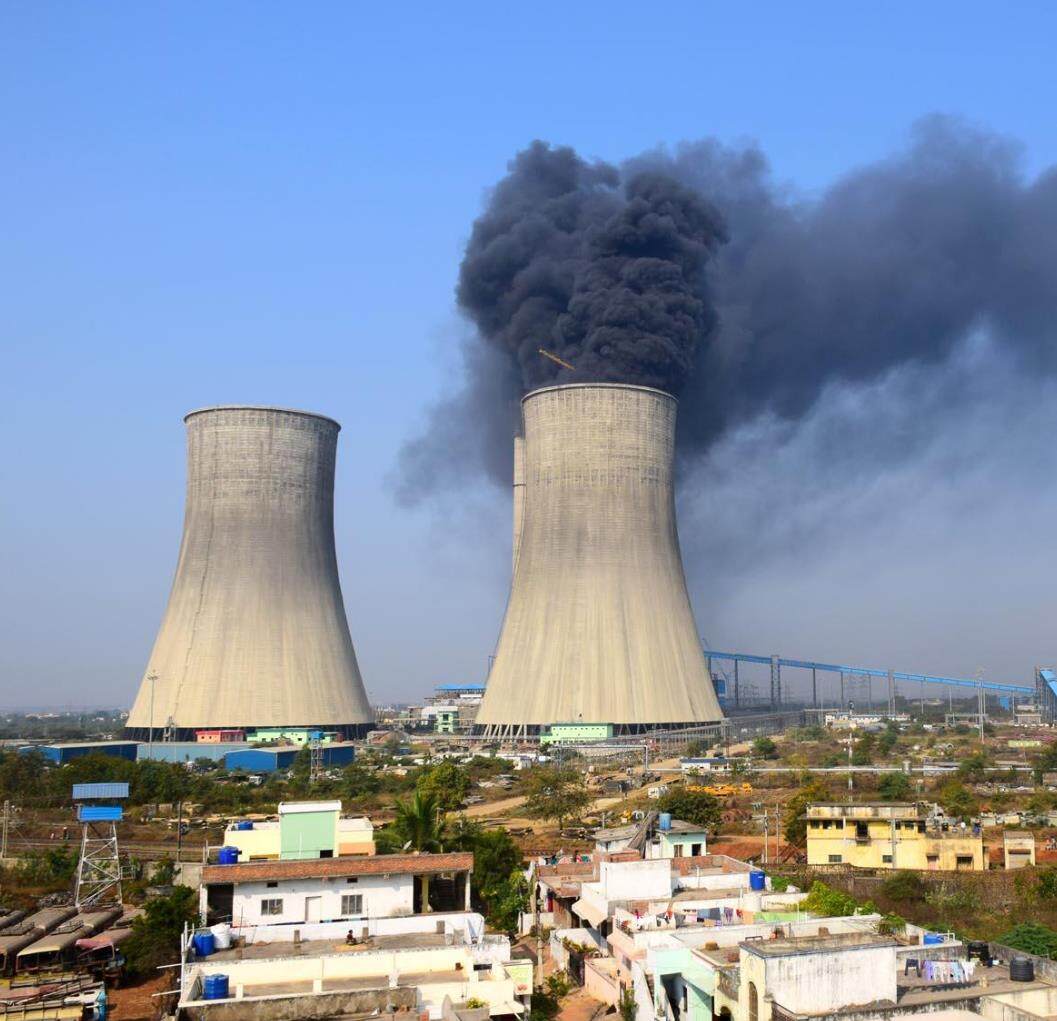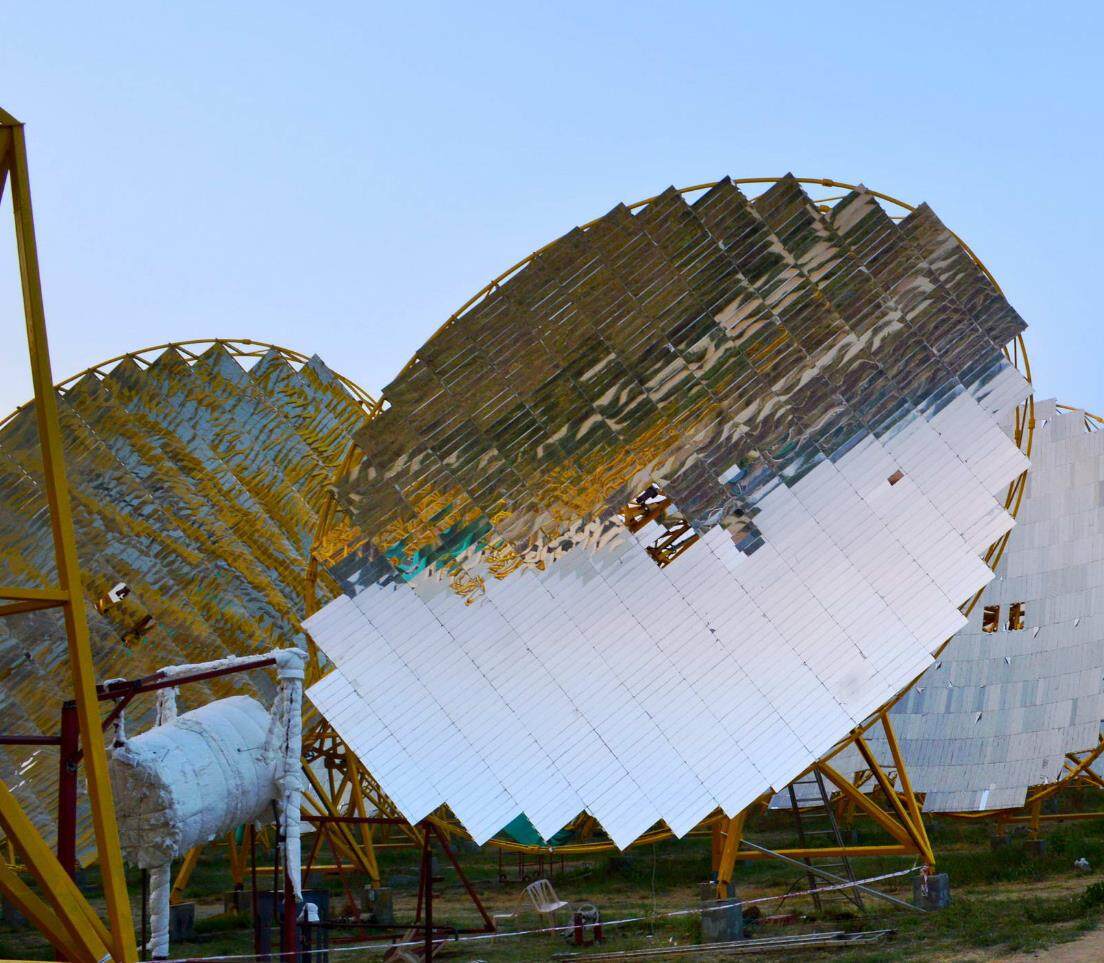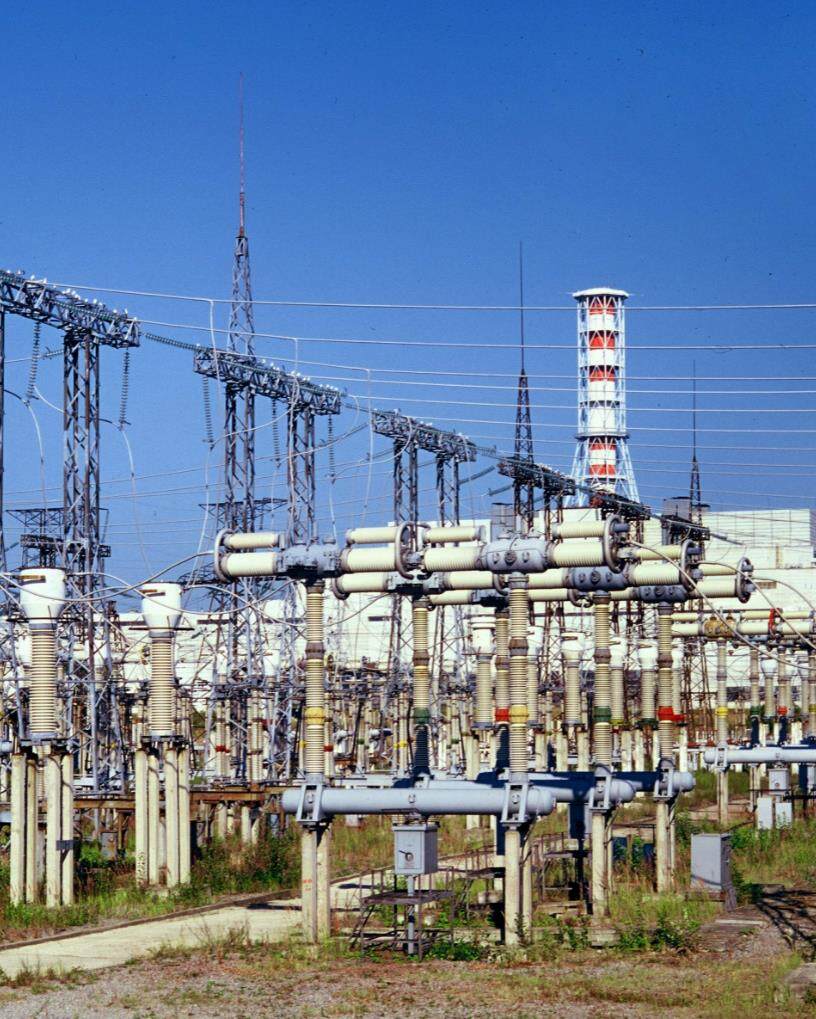- India's government says it will target net-zero emissions by 2070, a target 20 years later than climate scientists say
- India will mainly focus on module manufacturing in photovoltaic manufacturing, reduce solar construction costs and expand scale

India's federal cabinet has approved new National Emissions Commitments (NDCs), pledging to reduce the carbon intensity of its GDP (CO2 emissions per unit of GDP) by 45% from 2005 levels over the next seven years, an increase from the previous 2016 target 10%. In addition, India will also plan to meet half of its energy needs by 2030 from renewable sources such as solar and wind, which is also a boost from the previous target of 40%.

It is understood that Prime Minister Narendra Modi announced the goals at the UN climate talks in Glasgow in 2021, but they have not been formalized until today. A government statement said the decision to strengthen NDCs demonstrates India's commitment to decoupling economic growth from greenhouse gas emissions at the highest level. The updated NDC will now be submitted to the United Nations Framework Convention on Climate Change (UNFCCC).

It is understood that India's photovoltaic manufacturing mainly focuses on module manufacturing. Bhagwanth Khuba, Minister of State at the Ministry of New and Renewable Energy, recently claimed that India must become a global manufacturing hub for PV modules, not just a PV module trader in the Aatmanirbhar Bharat initiative proposed by the government.
In 2021, the Indian government launched the Production Linkage Incentive Program, dedicated to the production of photovoltaic modules and related products to support the development of the domestic photovoltaic industry. In April last year, the Indian government approved a Rs 45 billion production-linked incentive scheme to boost domestic PV module manufacturing capacity. The Indian government has increased funding to Rs 24,000 crore under the Domestic Photovoltaic Cell and Module Manufacturing Program in an effort to become a PV module exporter.

Another rate hike by the Reserve Bank of India could put the survival of renewable energy projects such as photovoltaics at risk. The Reserve Bank of India announced that it would raise the benchmark repo rate by 50 basis points, bringing the cumulative rate hike since May to 140 basis points. To this end, the revenue of clean power projects financed in India in the past two years will be squeezed, and some assets may not even be profitable. Keywords: engineering news, overseas news
Project developers financing clean power assets in 2020 and 2021 failed to account for such a spike in lending rates. If this is true, other things remaining constant, an increase in the cost of debt of more than 100 basis points over the life of the project may render the PV project unviable while all other projects remain operational.Editor/XingWentao
Comment
 Praise
Praise
 Collect
Collect
 Comment
Comment
 Search
Search














Write something~